Waldent Ceramic Repair Kit
₹990.00 Original price was: ₹990.00.₹800.00Current price is: ₹800.00.
1 in stock
Description
Studies have demonstrated that Silane, when used with Porcelain Etch and a quality bonding resin, yields the highest bond strength to porcelain when compared with other porcelain bonding products.
- Waldent Ceramic Repair Kit (hydrofluoric acid and Silane) may be used intra orally or extra orally.
- Waldent Ceramic Repair Kit (9% hydrofluoric acid) is a viscous gel, easy to control and place.
- Waldent Ceramic Repair Kit will not stain composite or resin cement. Waldent Ceramic Repair Silane is a single-component solution.
- Yields highest porcelain-to-resin bond strengths1.
- Waldent Ceramic Repair Kit (hydrofluoric acid and Silane) may also be used on lithium disilicate (IPS e.max®2 )restorations.
Features:
- Permanent, aesthetic repairs.
- Easy and time saving application.
- No removal or recementation of crowns and bridges.
- No necessity of impressions.
- No use of (mutagenic) hydrofluoric acid .
- Durable, Gap-free compound between ceramic / metal and composite.
- High shear bonding strength.
Key Specifications:
Composition:-
- Waldent Ceramic Repair (hydrofluoric acid) is used to etch porcelain veneers, crowns, bridges, inlays, onlays, and fractured dental porcelain.
- Waldent Ceramic Repair (Silane) is used after hydrofluoric acid etching to prepare the surface for bonding resin.
Direction to use:
- Apply phosphoric acid (Etch) for five seconds to remove porcelain salts and debris formed by hydrofluoric acid etching. Rinse and air dry.
- Etch clean bonding surface with Waldent Ceramic Repair Kit hydrofluoric acid for 90 seconds, rinse, and dry.
- Apply a puddle coat of Waldent Ceramic Repair Kit Silane to the inside surface for 60 seconds, dry, and set the prosthesis aside. Do not rinse.
Packaging:
- 1 x 2gm Porcelain etchant
- 1 x 2gm Silane kit
- Applicator Tips
Only logged in customers who have purchased this product may leave a review.
Related products
-51%
₹4,200.00 – ₹4,500.00
This product has multiple variants. The options may be chosen on the product page
-62%
Endodontics
-29%
Intra-oral camera
-36%
-46%
-29%
-59%
Waldent
₹69,990.00 – ₹79,990.00
This product has multiple variants. The options may be chosen on the product page
-27%

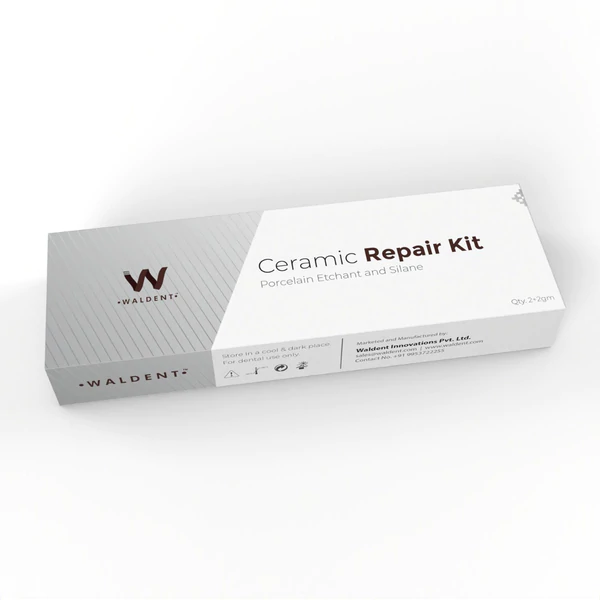


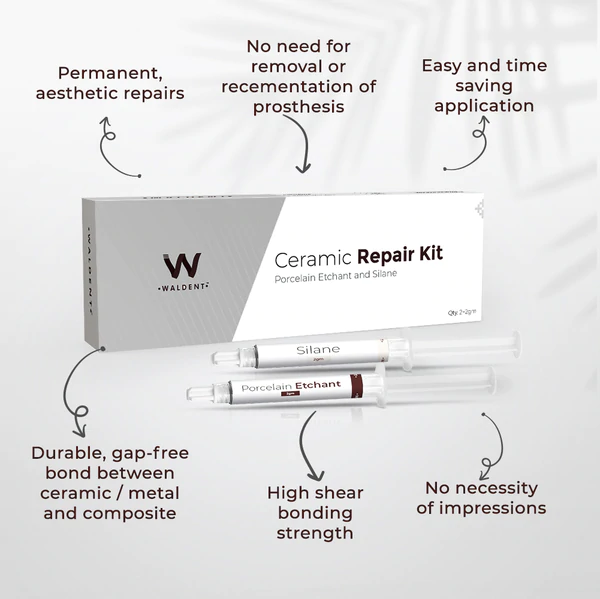
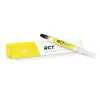

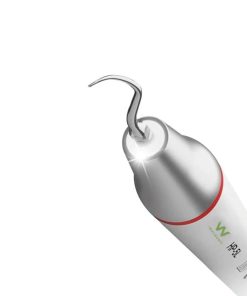
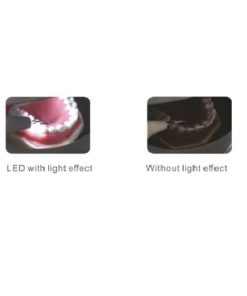
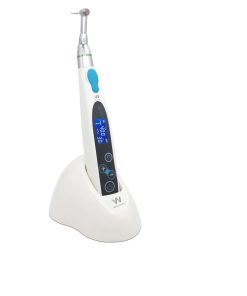

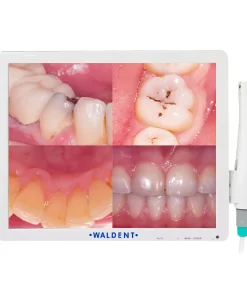
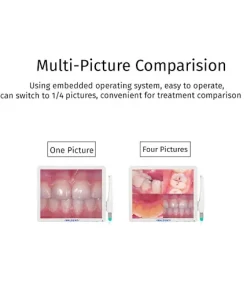

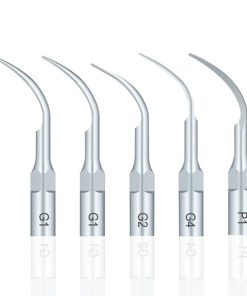

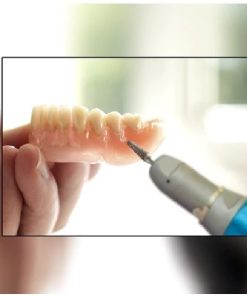
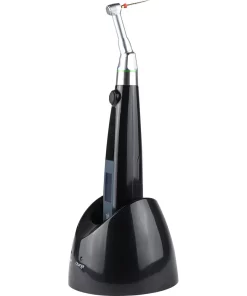
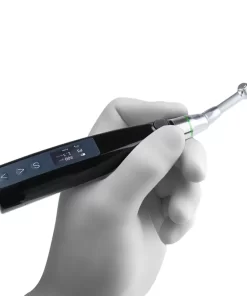
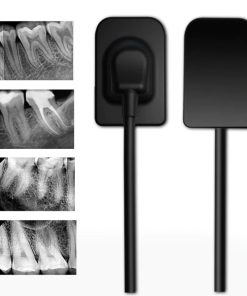


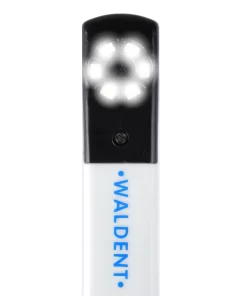
Reviews
There are no reviews yet.